A guest post by @kkaaria after a visit to the land of the Dodo & bargains, and where good life & driving habits are the norm!
Getting There Air Mauritius offers the best rates for direct flights from Nairobi’s JKIA, but double check as prices vary during the year. It can cost as low as Kshs 85,000 during off peak and as high as Ksh125,000 (now ~$~1,250) in peak seasons. The weather in Mauritius with no extreme changes in temperature coupled with its vibrant offshore business sector makes it (depending on your vacation or business interests)- a year round destination. The Air Mauritius flight from Kenya is a once -a-week flight that fills up quite fast so you’re advised to book in time.
Sir Seewoosagur Ramgoolam (SSR) Airport is quite hassle-free as a recent agreement between the Kenyan and Mauritian government ensures that Kenyans do not require a Visa to visit Mauritius. While there are no unexpected taxes, you will need your yellow fever card. Also, life is pretty good in Mauritius which means they aren’t all that crazy about strangers infiltrating their haven so be prepared for more thorough procedure than at most Sub Saharan Africa countries. They might ask to see your accommodation reservation and return ticket so print & keep them close to show at immigration if asked
Business & Infrastructure: Mauritius is a pretty small Island of about 1.2 million citizens and it will take a little over an hour to cross from one end of the country to the other. Hotel airport transfers will cost you about $90 for one-hour drive. If you have not arranged for hotel transfers, taxis are available at the airport. There is always room to bargain but make sufficient allowance for you taxi trip.
Money: Change your money before travel. I could not find Mauritius Rupees (MRU) in time in Kenya so consider either transacting in dollars once you get there or travelling with another major currency (Euro, pound) currency and changing it once you get there (The Rand is also widely accepted).. The exchange rate was $1= ~MRU 28/29 which translates into circa 1MRU= Ksh 3.5. Most major banks are present in Mauritius so with a Visa card you should be able to get money (dispensed in Rupees).
Accommodation: Mauritius has some of the world’s finest hotels and resorts, golf retreats and spas . Hotels fill up very fast and tend to be a bit pricey compared to Kenya. ‘Cheap’ accommodation here will cost you at least $100 half board, while the bigger resorts (4/5 star) will cost upwards of $350 per person for half board. Depending on your reason for visiting and your schedule, you might want to look into all-inclusive packages that cover all meals and unlimited supply on selected drinks( alcoholic and non- alcoholic) as this saves you considerably on cost.
Electricity: – is very reliable in Mauritius, and you will notice that in the major towns, most houses are fitted with solar panels. There are no power outs in Mauritius (I’m looking at you KPLC). And a family of 5 (from my asking around) pays an average of Rs 1500 per month for power. They use 220/240 volts AC. Plugs vary from two round pins to three square pins Kenya-style but take an all-purpose adaptor just in case.
Communications – Get a local line if you are not roaming – those who were roaming (from Kenya) came back to ridiculous bills *muaha*.
– Orange and EmTel are the two networks in Mauritius. I got an orange line for 100 rupees, which comes with Rs86 of airtime. You can buy reasonably priced data bundles after that.
– Most hotels come with Wi-Fi as part of the package so make sure your package includes Wi-Fi. I didn’t see any cybercafés primarily but they don’t appear to be a vibrant feature compared to Nairobi. Note that, hotel phone calls can drive your bill pretty high. A 5 minute phone call will cost you about Rs800….which is ridiculous. International text messages cost RS0.60 and you can buy airtime in denominations of Rs50, Rs100 etc.
Getting Around: The transport system is quite efficient in Mauritius albeit pricey. There is no overcrowding in public transport, buses run on time, stop only at designated spots (I’m looking at you Citi Hoppa), drivers are very disciplined & courteous and observe traffic lights even at 5 A.M when they are the only car on the roads and you are running late for your flight! So you will need to check your Kenyan road issues at JKIA and pick them up when you return!
Most locals get around by bus, personal means, motorbikes or taxi. There is little traffic, every town/city has a bus service and pensioners (over 60 years) and school kids ride for free. Quite a number of folks drive around or ride motorbikes (Riders and passengers must wear helmets too). They drive on the left, give way to the right just like Kenya so it’s easy to rent a car and drive around for more flexibility and to cut costs.
There are lots of minivans shuttling tourists around. Since the minivans double as personal transport, it might be easier to get a good bargain compared to the regular taxis although prices tend to be in the same range. As always, and while Mauritius is pretty safe, be careful about what transportation you choose. Designated taxis are always recommended and you will find plenty of these outside hotels and at Taxi ranks. As of September, gas prices were for circa RS 49/litre or ~ $1.75/L.
Food & Drink: The staple food is ‘Farata’; a pan-fried flat bread served with various spicy curries. Food in Mauritius is as varied as it’s ethnic mix, derived from a population that is 60% Hindu 22% Christian 1% Franco Mauritians 3% Chinese and 13% Muslim.
Expect lots of spices, curries, chutneys, mutton, chicken, vegetables and of course seafood. Make sure you try the millionaires salad made from palm hearts. Yummy! Smoked marlin is another must try.
The main Mauritian local beer Phoenix is widely available in supermarkets, and also has lemon flavored variant. A 330ml bottle goes for about RS 25 and a 500ml bottle goes for about Rs40. The same bottle will cost you about Rs350 and up in a 4/5 star establishment. Another (less popular) brand is Blue Marlin.
Mauritius grows a lot of sugarcane and makes some good industrial and agricultural rums in their distilleries so DO try Mauritian Rum as well. They have a wide assortment of really good rums (rum cocktails/rum desserts are delish) as well as some local grape juice wines.
Depending on where you eat food can cost as little as Rs50. A single course meal at big hotels will go from Rs 450 and up. Cocktails at the larger hotels will cost upwards of Rs400 and beers upwards of Rs 300. A bottle of water in the supermarket costs Rs20-30 so budget accordingly depending on what you are up to.
Getting Around English is the official language, but Creole (derived from French) is used by everybody, and French is the most commonly spoken language. However, you will get by with English. Their major paper; ‘L’express’ contains a small English section with the major news of the day and ‘News on Sunday’ is a full English edition newspaper every Sunday. Others are Le Defi and Le Mauricien.
Mauritians are nice and friendly. In conversations, they will want to know about you, where you come from etc. and in turn they will freely volunteer any information you seek. They are also very up to date with their current affairs so a quick chat with the waiters, drivers and staff will give you a balanced opinion of ‘the news’ everyday. They receive a lot of tourists from South Africa so they tend to assume that every black person is from SA…and it can get a bit vexing! Through no deliberate effort on my part (I swear), they were willing to talk very openly about HIV/AIDS and not minding as I furiously jotted down statistics on my phone. Nice ☺
Transportation: A 4km distance journey on a bus will cost Rs 22 (Ksh70-80) while the same distance using a taxi will cost anything from Rs400 (Ksh 1500) and up. A full day car rental cost Rs3000, with an extra Rs1000 per day for a driver, and the car rental company will ask for your driving license and ID.
Mauritius is very secure, very friendly. You should be quite safe there but as usual, take the necessary precautions. Most hotels come with safes where you can keep your valuables and travel documents so make use of those.
Shopping & Sight-Seeing There’s plenty to see in Mauritius. While their beaches are littered with Coral; making it quite unpleasant to fully enjoy the beautiful blue waters and low tides, there are plenty of places to visit.
These include the famous 7 Colored Earths in Chamarel, Blue Penny Museum, Chinatown (yes), Sugar Factory Museum, Botanical gardens/Pampalemousses, Balaclava ruins, Shivala, Grand Basin, Rochester falls, Back river Gorge etc. Do have someone experienced take you around and make use of guidebooks to get the best out of it.
Make sure you take the Catamaran cruise to Ile aux Cerfs Island. The Cerf is a small island perfect for swimming, snorkeling and parasailing. It has a white sandy beach and bluest water I have ever seen my entire life. Plan with your guide so you get a chance to swim with dolphins in the ocean! It’s exhilarating!
Finally, watch a Sega dance in the evening. (a Mauritian dance with colorful flowing skirts to beautiful music by very attractive to marginally attractive ladies☺)
Depending on what you get up to, there is no limit to how much you can spend in Mauritius. It is a beautiful place to shop so heavy shoppers might spend more, and you might shop till you drop in Mauritius. There are tons of shopping malls in Port Louis (the capital) Curepipe, Grand Baie etc. If you want a good bargain, make sure to stop by the Grand Baie Bazaar where it is easier to bargain.
There are plenty of famous brand names at duty free prices in the malls if you’re into that stuff but the smaller markets also offer amazing stuff and souvenirs at great prices (again, Bargain!).
Plus there’s lots of Chinese and Indian stuff. You will get plenty of cashmere, rum, spicy teas, pearls, diamonds, hand woven silk & wool etc. for what I found to be truly decent prices after bargaining for about two hours . Also when getting souvenirs, get some Dodo bird inspired items – Dodo snow balls, Dodo fridge magnets, Dodo key holders etc. to bring back as gifts (The Dodo is a now extinct not very clever-ergo extinct- bird that once inhabited Mauritius).
Surprises in the country?: – Bargaining Again, things like car rental could be less if you can bargain harder with Mauritians who despite the free education insist that they need the money to pay for their children’s private schooling or after school tuition. I do drive a hard bargain but they were a tough nut to crack. Good luck with that.
– This is not Coke Country, but Pepsi. You will find Coca-Cola in some areas, but when you ask for a Rum & Coke that means Rum-Pepsi and when you ask for a Sprite, be ready to receive a 7Up.
– Also, dare I add, the suspender clad Mauritius policemen are very hot!! And speaking of policemen, littering in Mauritius will earn you an instant fine of Rs 1000.
– I am used to hotels serving ladies first then men second. I *think* I observed male waiters serving men first then women, while female waiters serve women first then men. I stand corrected but that is the norm at Le Meridien and a couple of other places I visited.
Summary: Mauritius is a lovely place. The weather is fantastic, not as humid as the Kenyan Coast. But their beaches are awash with Coral which puts Kenya way ahead on the beach experience; however Mauritius makes up for that with incredible service and security – a thing Kenyan establishments and staff at the Coast could learn from. So make time to visit Mauritius!
-20.34840457.552152
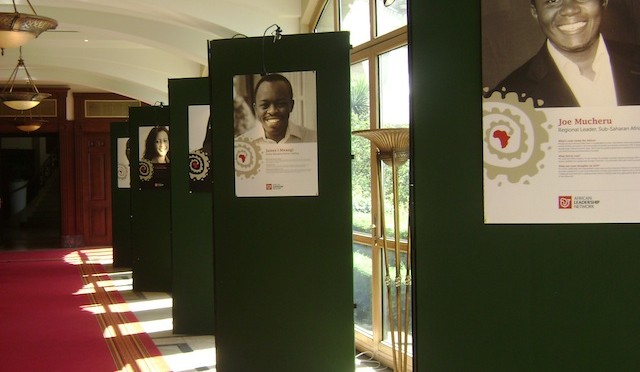
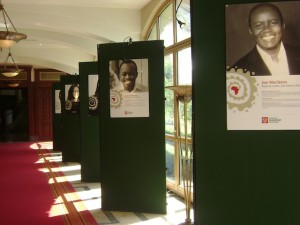
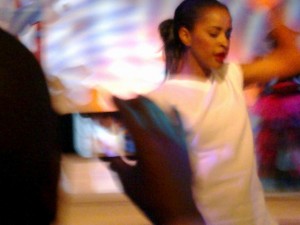
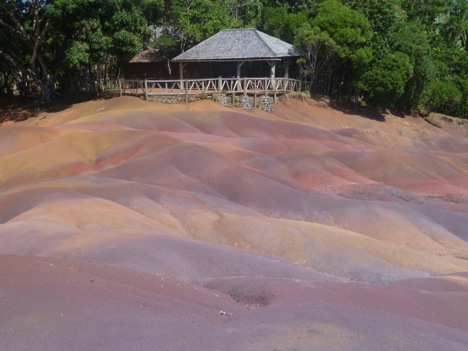
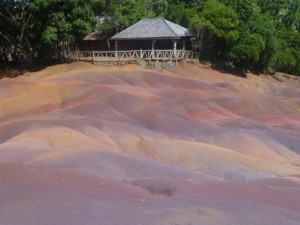 7 Colored earths, Chamarel
7 Colored earths, Chamarel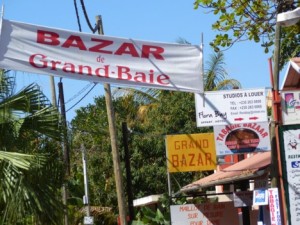 Grand Baie Bazaar
Grand Baie Bazaar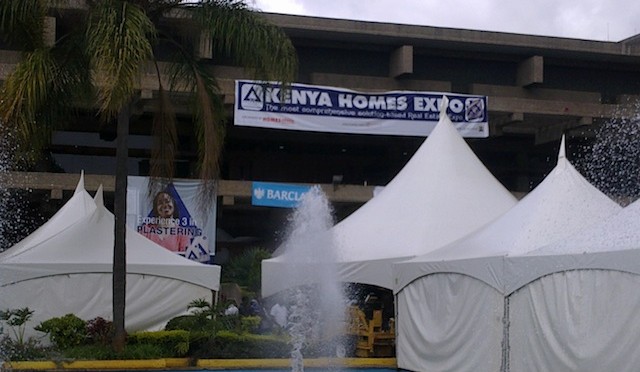
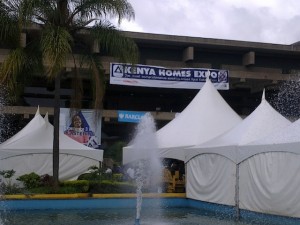

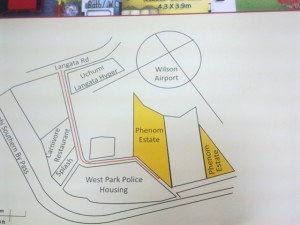
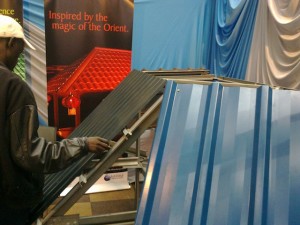

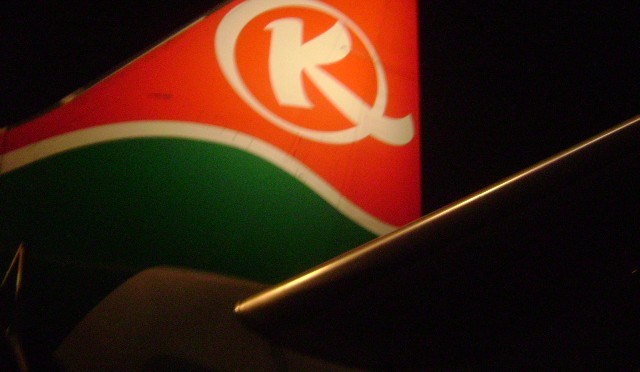
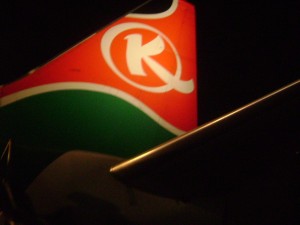
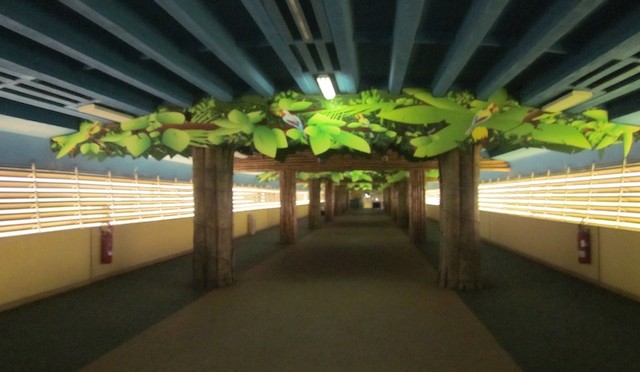
 Douala Airport
Douala Airport Douala daytime
Douala daytime